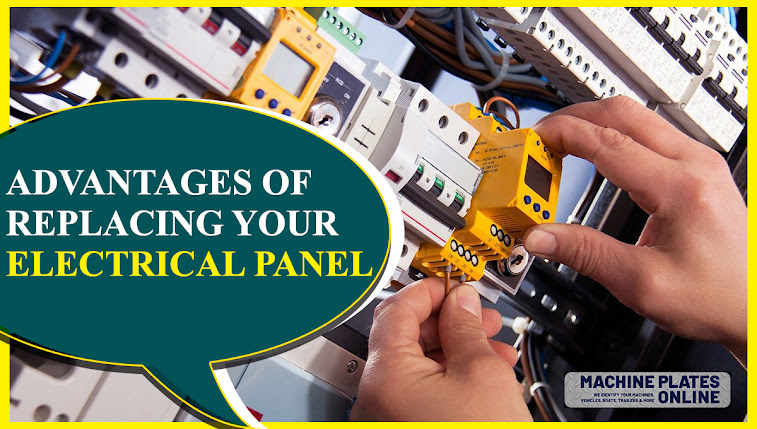Advantages of Replacing Your Electrical Panel

If you have a home that is over 30 years old, it may be time to replace your circuit board. The circuit board is the main source of electricity throughout your home. An electrical panel, or electrical panel, is an important part of a home's electrical system, although it is often hidden. Various problems may arise in this regard. If you have a lot of electrical issues, upgrading or replacing your electrical panel legend can clear them up. Keep reading to see some of the benefits or advantages of replacing your electrical panel service and learn the signs that it may need to be replaced. Increase Home Safety Increased safety is one of the biggest benefits of an electrical panel upgrade or replacement. An incorrect panel increases the chance of an electrical shock, which can damage or seriously damage your home. It happens in tens of thousands of homes every year. Replacing old electrical panels incorporates new technology designed to work more efficiently and keep your ...

